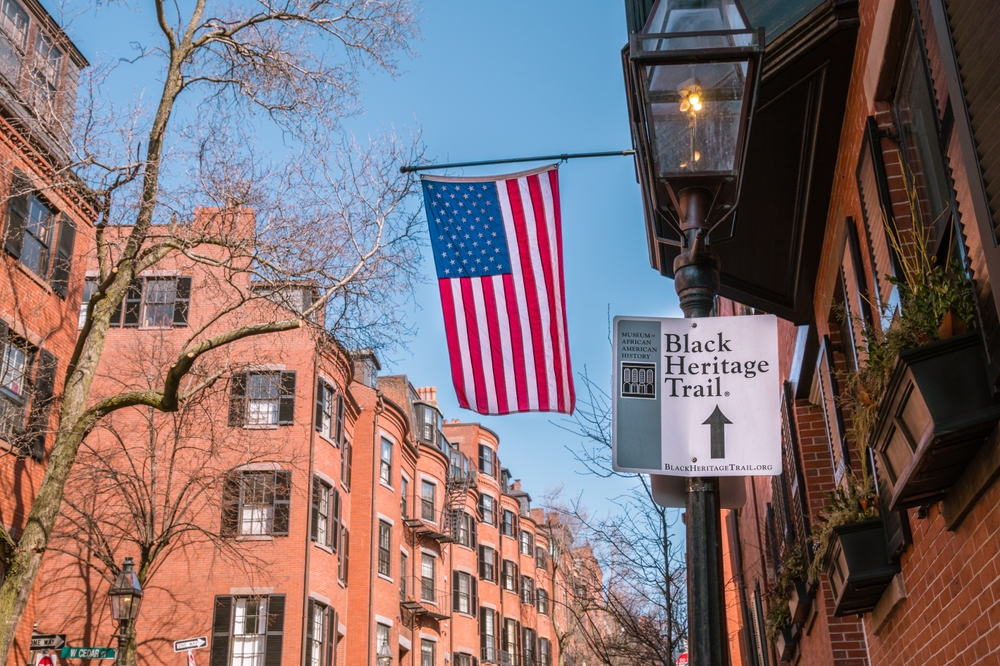The North End, often referred to as Boston’s Little Italy, is one of the city’s oldest and most historic neighborhoods. With its narrow streets, historic sites, and abundance of Italian restaurants, bakeries, and cafes, the North End offers a charming European vibe in the heart of Boston. It is a popular destination for both tourists and locals seeking to enjoy its rich history, vibrant culture, and delicious cuisine.
History
The North End’s history stretches back to the early 17th century, making it one of the oldest continuously inhabited neighborhoods in Boston. It has witnessed significant events in American history, including the arrival of Puritan settlers, the infamous Salem Witch Trials, and the Revolutionary War. The North End was also home to Paul Revere and the location of his historic ride.
Throughout the 19th and 20th centuries, the North End experienced waves of immigration, with the largest influx being Italian immigrants who shaped the neighborhood’s character. By the early 20th century, the North End had developed into a bustling Italian-American community.
Facts
- Historic Sites: The North End is home to the Paul Revere House and the Old North Church, which played pivotal roles during the American Revolution.
- Population: While it has a small residential population, the North End swells with visitors, especially during the summer months.
- Feast Festivals: The neighborhood is famous for its annual feast festivals, which celebrate various Italian saints and cultural heritage with music, processions, and food.
Location
The North End is bordered by Commercial Street to the north, Atlantic Avenue to the east, and Cross Street to the south. It is conveniently located near the Boston Harbor and is within walking distance to other historic areas like Faneuil Hall and the Freedom Trail.
Website
For more information about the North End, including upcoming events and local business listings, you can visit the North End Boston website: www.northendboston.com.
Opening Hours
The North End is a neighborhood and is always open to the public. However, the hours of individual businesses such as restaurants, shops, and historic sites vary.
Things to Do
Culinary Exploration
Indulge in the rich Italian culinary tradition at one of the many restaurants or grab a cannoli from a famed bakery.
Historic Sites
Visit the Paul Revere House and the Old North Church to delve into the revolutionary history of the United States.
Walk the Freedom Trail
Follow the iconic red line that weaves through the North End, leading to 16 historically significant sites.
Explore the Harbor
Stroll along the waterfront for views of Boston Harbor or visit the nearby New England Aquarium.
Attend a Festival
Join in the festivities during the summer feast festivals, which fill the streets with music, food, and parades.
Tips For Visiting
- Comfortable Footwear: The North End’s cobblestone streets and sidewalks can be uneven, so wear comfortable shoes.
- Public Transportation: Utilize the MBTA, Boston’s public transit system; the Haymarket and Aquarium stations are nearby.
- Parking: Parking can be scarce, so consider using public parking garages or lots.
- Reservations: For dining at popular restaurants, especially on weekends, reservations are recommended.
- Walking Tours: Take a guided walking tour to learn more about the neighborhood’s history and hidden gems.
Conclusion
The North End of Boston is a neighborhood steeped in history with an unmistakable Italian flair. It’s a place where the past and present come together to offer an experience that engages all the senses. From the savory scents of Italian cooking that waft through the streets to the echoes of history around every corner, the North End is a must-visit destination for anyone looking to experience the heart and soul of Boston’s rich cultural tapestry. Whether you’re a history buff, a foodie, or simply in search of a vibrant community atmosphere, the North End welcomes you with open arms and promises an unforgettable visit.





